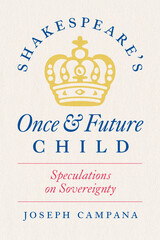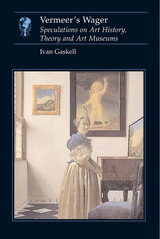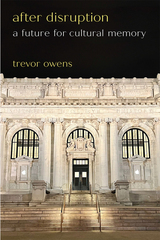
“Fundamental changes are needed in American formal education,” writes the former Dean of the Harvard Graduate School of Education, “yet the resistance to these changes is neither mindless nor conspiratorial.” Generally speaking, Americans are content with schools as they are, convinced that they well serve society's (albeit ill-defined) symbolic and economic needs. Most people who do complain are protesting the schools' failure to deliver on their existing promises; they are not demanding that schools change their basic goals. Theodore Sizer suggests that the sloppy drift of purpose prevalent in American education today could be corrected by carefully articulating the ends of education, relating these to public aspirations and beliefs.
Sharpen the focus of the schools, he recommends, and separate the different kinds of learning in different places. A single school cannot simultaneously provide for the learning of intellectual power, personal agency (the ability to “make it”), and joy (the capacity for pleasure). What is required, he argues, are multiple schools, each focusing on limited ends. His book is not a noisy indictment but a dispassionate exploration that moves beyond outrage to a balanced appraisal of why American education is the way it is and how it might be different. His argument is both reasonable and provocative.

Politicians are fond of saying that “children are the future.” How did the child become a figure for our political hopes? Joseph Campana’s book locates the source of this idea in transformations of childhood and political sovereignty during the age of Shakespeare, changes spectacularly dramatized by the playwright himself. Shakespeare’s works feature far more child figures—and more politically entangled children—than other literary or theatrical works of the era. Campana delves into this rich corpus to show how children and childhood expose assumptions about the shape of an ideal polity, the nature of citizenship, the growing importance of population and demographics, and the question of what is or is not human. As our ability to imagine viable futures on our planet feels ever more limited, and as children take up legal proceedings to sue on behalf of the future, it behooves us to understand the way past child figures haunt our conversations about intergenerational justice. Shakespeare offers critical precedents for questions we still struggle to answer.

READERS
Browse our collection.
PUBLISHERS
See BiblioVault's publisher services.
STUDENT SERVICES
Files for college accessibility offices.
UChicago Accessibility Resources
home | accessibility | search | about | contact us
BiblioVault ® 2001 - 2024
The University of Chicago Press









